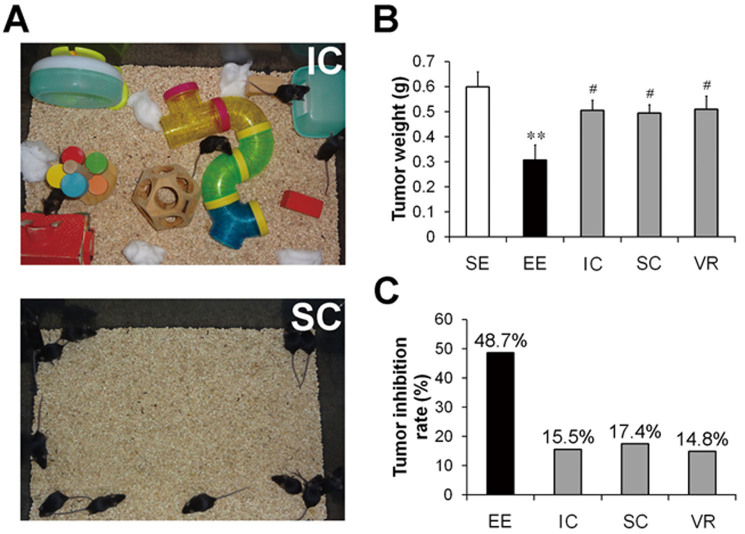Figure 3. A combination of multiple enrichment factors is essential for enriched environment-induced Panc02 tumor inhibition.
(A) Inanimate condition (IC) and social condition (SC). The inanimate housing condition (top), in which the mice were housed in groups of 4 per cage in the enriched environment (EE) cages supplemented with a variety of objects, only provided inanimate stimulation. The social housing condition (bottom), in which the mice were housed in groups of 12 per cage in the EE cages without any supplements, only provided social stimulation. We also assessed a voluntary running (VR) condition, in which the mice were housed with running wheels under the standard environment (SE) conditions, to investigate the impacts of physical exercise on the Panc02 tumors. The mice were housed under different conditions for 3 weeks and then were subcutaneously injected with Panc02 cells (6 × 105 cells per mouse). Thirty-five days after tumor implantation, the mice were sacrificed and the tumors were harvested and weighed. (B) Tumor weights determined at the time of sacrifice. Data are presented as the mean ± SEM; n = 12 per group. ** P < 0.01 versus SE mice; # P < 0.05 versus EE mice. (C) Tumor inhibition calculated from the tumor weight data. The values on each column indicate the tumor inhibition rates for each group. Inanimate stimulation, social stimulation or physical exercise alone is insufficient to account for EE-induced tumor inhibition.

